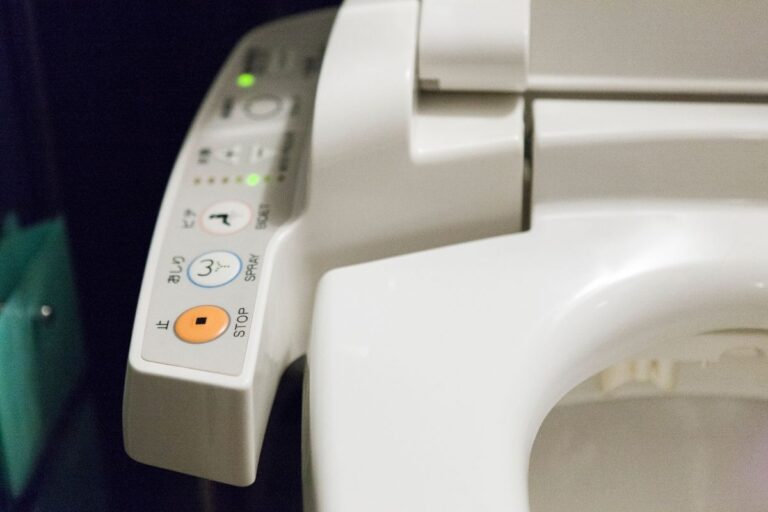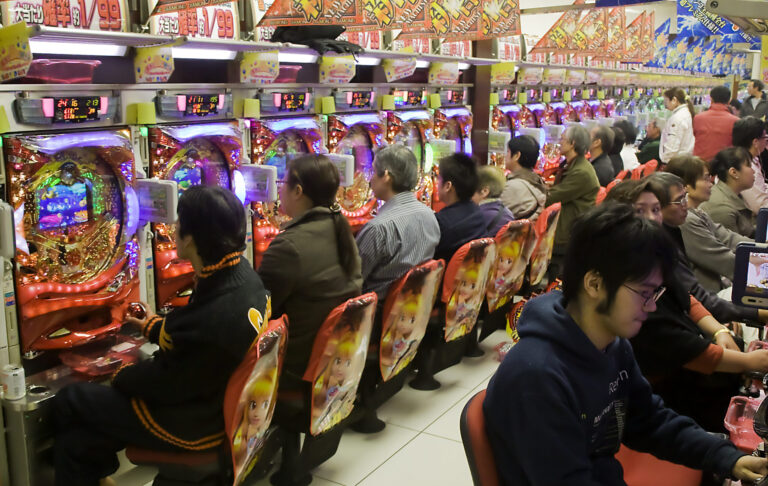Today we’re continuing our lesson on Japanese suffixes by going over a couple more important suffixes in the Japanese language.
Sensei
Sensei is a suffix used only with family names as a term of respect. More polite than san, sensei is primarily used with those who have earned a wide level of respect in their fields. It’s used for all teachers and doctors, at least when addressed by their co-workers and students and patients. It can also be used when referring to successful professionals in a variety of fields, such as scientists, politicians, religious figures, lawyers, accountants and even mangaka (comic artists), authors, artists, and musicians.
*Nakamura (family name) Kenji (given name) = Nakamura-sensei, Nakamura Kenji-sensei*
An English translation may include “Mr.,” “Mrs.,” “Miss,” “Ms.,” “Dr.,” “Professor,” “Father (as in priest),” or something similar, depending on the exact context. Unlike other suffixes, sensei can actually stand on its own as well, meaning that you can directly address these professionals or people whom you respect with “Sensei” without even stating their names. This use of the word is similar to that in English when you think of calling a college professor “Professor.”
A little less formally, but still in a way that demonstrates respect, students may even use the term when addressing their tutors, who may not be that much older than them. If you visit Japan, you might use the term when coming in contact with any of the abovementioned professionals or someone from whom you expect to learn a lot. You may also find yourself addressed with the suffix if you tutor someone or teach English or are a professional in one of these fields.
Sama
Not extremely frequently used in day-to-day conversations, sama is still an important suffix that you’ll find in entertainment, media, and sometimes in customer service interactions. Sama is traditionally only used with family names, but it may be used with given names depending on the context.
*Nakamura (family name) Kenji (given name) = Nakamura-sama, Nakamura Kenji-sama, Kenji-sama*
Sama demonstrates that the person being addressed with this suffix is being regarded with one of the highest levels of esteem. The suffix is traditionally only used when there is a great level of hierarchal disparity in the relationship between the speaker and the addressee, such as a servant speaking to his or her employer. Its English translation varies depending on the context, but could be as elegant as “Lord,” “Lady,” “Master,” or “Mistress,” or as normal as “Mr.,” “Mrs.,” “Miss,” or “Ms.,” or have no translation at all.
Businesses often employ this suffix when addressing their customers to demonstrate how important the customers are to them. Official forms or mailings traditionally give everyone the title of sama over san.
Perhaps less traditionally but fun nonetheless is the fact that people also use the term (most often with given names) for people whom they worship—not quite literally, but people with whom they are enamored, but whom they consider far beyond their reach. Fans shouting out to or making signs for celebrities are the most frequent examples, but even students might (somewhat jokingly) use the suffix for popular boys and girls whom everyone in class wishes to date.
Whom in your life might you address with sensei or sama if you were speaking Japanese? Would you deserve the title sensei yourself?
No related posts.
Tags: japan, japanese business, japanese culture, japanese language, japanese schools, japanese students, student life



